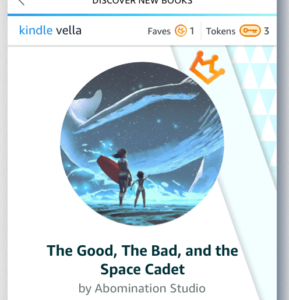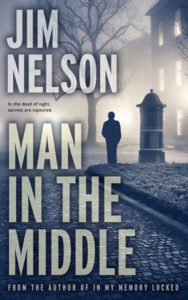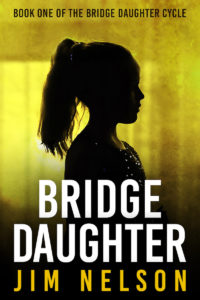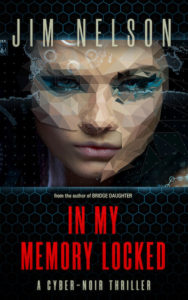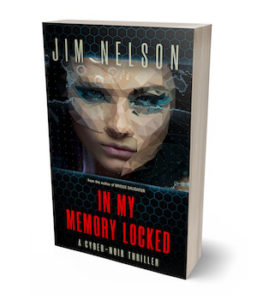In November, Amazon opened a beta program for Kindle Direct Publishing authors called Virtual Voice. It may be the biggest upheaval to independent publishing since Amazon launched KDP over a decade ago.
Virtual Voice uses synthetic (i.e., computer) voice technology to produce audiobooks. On first blush, that sounds like a pretty crappy experience—who wants to listen to a robot narrate a book? Know that automated voice technology has advanced tremendously in recent years, to the point that people have trouble distinguishing between it and a human voice.
The AI software that’s in the news so often these days is much of the reason for the improvement. In 2018, Google demonstrated an AI that could order food and make reservations over the phone without the person on the other end knowing it was not a human speaking. More recently, a study shows that 78% of people think they can tell the difference between an AI voice and a human, but only 2% were accurate. (If you’re skeptical, this Google Forms test gives you the chance to listen to recordings of celebrities and AI impersonations and see how well you can tell the difference. You’ll have to admit it’s not easy.)
It’s tempting to go into my thought process over the pros and cons of synthetic voice audiobooks. At this moment, I’ll just say I find the possibility alluring.
I’ve done audio in the past. I recorded Everywhere Man at Fantasy Studios, a dreamy, once-in-a-lifetime opportunity that was quite expensive and exhausting. A few years ago, I made a concerted effort to hire a voice actor to record Bridge Daughter. I was put off by the terms dictated by every actor who responded to my call for bids. Both experiences impressed on me the risks of producing my own audiobooks, risks of both cost and rights.
Synthetic voice audiobooks eliminate a lot of the question marks. If I’m reading the Amazon announcement correctly, a KDP author chooses a voice from a catalog of voices, previews a sample, and names a sale price. My guess is, the final audiobook will be ready in a few hours. Audiobooks created with synthetic voices are labeled as such on the Amazon market and may be previewed, so the buyer knows what they’re getting.
It sounds like a no-cost, risk-free offer for independent authors. I’m more than curious. Unless Amazon botches the roll-out—a possibility, they’ve botched things before—I predict we’re going to see a Cambrian explosion of audiobooks on the Amazon market soon enough.

